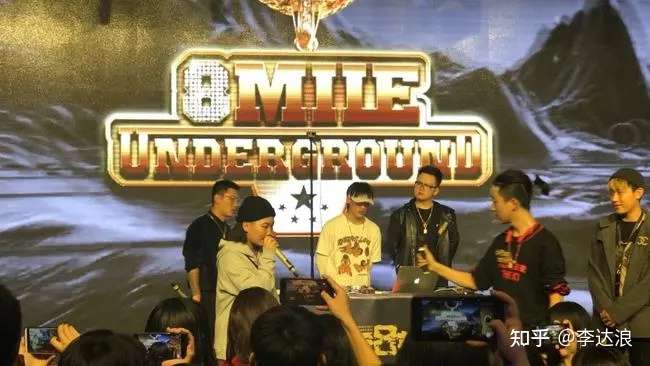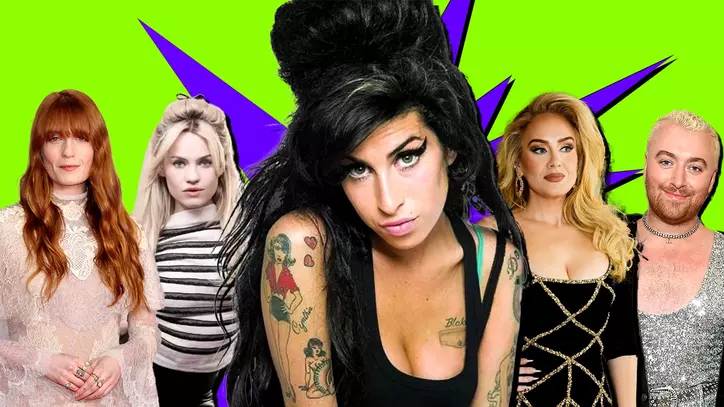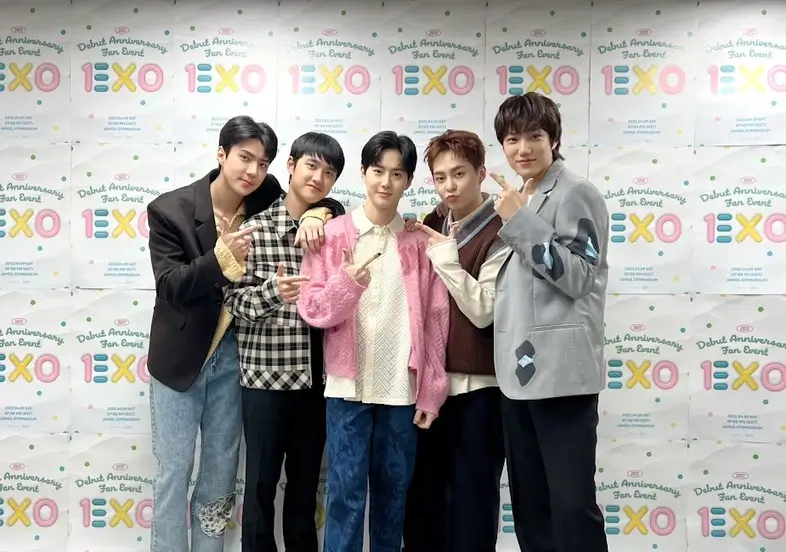Read the first part here: Hip Hop Invasion in China: How It Started
Groups across the country

As mentioned in the previous text, starting from the 2000s, Hip Hop began to popularize in the underground scene throughout China. Up until then, prominent groups came from global cities such as the capital Beijing, and the megacities of Shanghai, Hong Kong, and Macau. Competitions and social media platforms started to attract rappers from rural areas, while independent record labels strengthened community ties. The RADII portal lists the following significant groups: Kung Fu from Tianjin; C.H.A.O.S and HHH from Xian; MaChi and No Fear from Wuhan; D-Evil from Nanjing; Bang Crew from Shanghai; Dragon King from Beijing; Uranu$, Prosa, and CHEE from Guangzhou.
Radio programs, such as “The Park” (嘻哈公园) and award shows begin to gain small space in the media. At the end of the decade, the group In3 would be highlighted with the album ‘Unknown Artist‘ (未知艺术家 ), which had hits like ‘Beijing Evening News’ (北京晚报) and ‘Hello Teacher’ (老师你好). In 2012 another great rap battle is created, the “8 Mile Underground (地下八英里)”.
In this decade, the growth of the Hallyu Wave, or the South Korean cultural wave, becomes a means of promoting Western culture in China, as Korean products have “values” that are more compatible with Chinese society. As a result, Hip Hop, which has been influenced by the K-pop industry, finds it easier to gain mass appeal. An example of this is the increase in Chinese members in K-pop groups, with these artists becoming prominent figures in the current commercial rap scene, such as Jackson Wang and LAY (Zhang Yixing).
The Mainstream Boom and the Capital of Chinese Rap
The competition program “The Rap of China,” aired on the streaming platform iQIYI, is recognized as the milestone of Hip Hop’s entry into the Chinese mainstream in 2017. Hosted by Taiwanese legends MC Hotdog, A-Yue, and Will Pan, along with former K-pop idol Kris Wu (who sparked the meme “Do you freestyle?” among Chinese audiences), the show propelled rap to become one of the most consumed music genres and a media phenomenon in China. As a result, the underground scene was strengthened as new opportunities and chances for success grew.
However, even more interesting was the transformation of Chengdu, located in southwest China, into the capital of Chinese Hip Hop. In 2005, the group Big Zoo emerged, rapping in the Sichuan dialect, and became one of the most important groups in the country. Later, Fat Shady found success on the CCTV program ‘Sing My Song’ with the song ‘Not Going to Work Tomorrow’ (明天不上班). Currently, the city boasts a vibrant nightlife scene with a focus on trap music, featuring internationally recognized groups such as the Higher Brothers, T.y., and CD REV, who are associated with the influential label CDC Rap House.
Other cities also strive to stand out, such as Changsha with the group C-BLOCK and Urumqi with the Uighur collective Six City. However, it was the neighboring metropolis of Chongqing that managed to rival Chengdu in the trap scene. In addition to the group ‘Keep Real,’ collectives like GO$H have launched popular artists like GAI, BRIDGE, and K-ELEVEN.
The CCP’s Political Question
To conclude, attention must be given to the political aspect involving censorship and regulations by the Chinese Communist Party (CCP). From the beginning, many groups had their music banned for being considered vulgar and violent. In 2018, after GAI was abruptly removed from the reality show “The Singer” (which Jessie J won), followed by Sina reporting a government crackdown on “vulgarity” in TV programs, international media reported that Hip Hop had been banned in the country. That same year, PG One had his Weibo account removed after censors discovered a song about the rapper’s affair with a married actress.
Despite these incidents, like most recent measures, the Chinese government never issued an official law or statement banning hip hop in the country. It was also reported that patriotic songs were required, which also seems false, as popular artists and members of the Communist Youth League of China, such as LAY, have a discography with varied themes that do not solely focus on party glorification.

In summary, the Chinese government takes ambiguous measures that do not indicate a government agenda, but rather address occasional dissatisfactions from certain politicians or departments. It is easy to see why the genre continues to grow, as it is present on TV programs and has been used in state advertisements for years. As writer Magpie Kingdom describes in their article, there is a greater concern with the values that can be popularized rather than an attempt to suppress the growth of the genre.
References:
Ho, Wai-Chung. “Cultural Studies and Transdisciplinarity in Education – Volume 7”, Springer Nature, 2018;
Goldsmith, Melissa Ursula Dawn; Fonseca, Anthony J. “Hip Hop around the World”, Greenwood, 2019;
Shuhong, Fan. “The History of Rap in China, Part 2: Hip Hop Goes Mainstream (2010-2019)“, RadiiChina;
CBSaeji. “Hip Hop in Japan and China (a very short history lesson)“, Youtube, 2021;
Kingdom, Magpie. “#9 China’s Hip Hop Ban is Not Really About Hip Hop“, Medium, 2018;
VICE Asia. “The Rise of Trap Music in China (Chengdu)“, Youtube, 2019;
VICE Asia. “The Rise of Trap Music in China (Chongqing)“, Youtube, 2019;
Walker, Chris. Hartley, Morgan. “China’s Uighur Minority Finds a Voice Through American-Style Hip-Hop“, The Atlantic, 2013;
Rowan Pease. “Korean Pop Music in China: Nationalism, Authenticity, and Gender”, Hong Kong University Press, 2009:
Yi-Ling Liu. “Chengdu Cool: The Rise of Sichuan’s Homegrown Hip Hop“, Guernica, 2019;
Schimitz, Rob. “Chengdu Emerges As A New Home For Chinese Hip-Hop“, npr, 2018.




